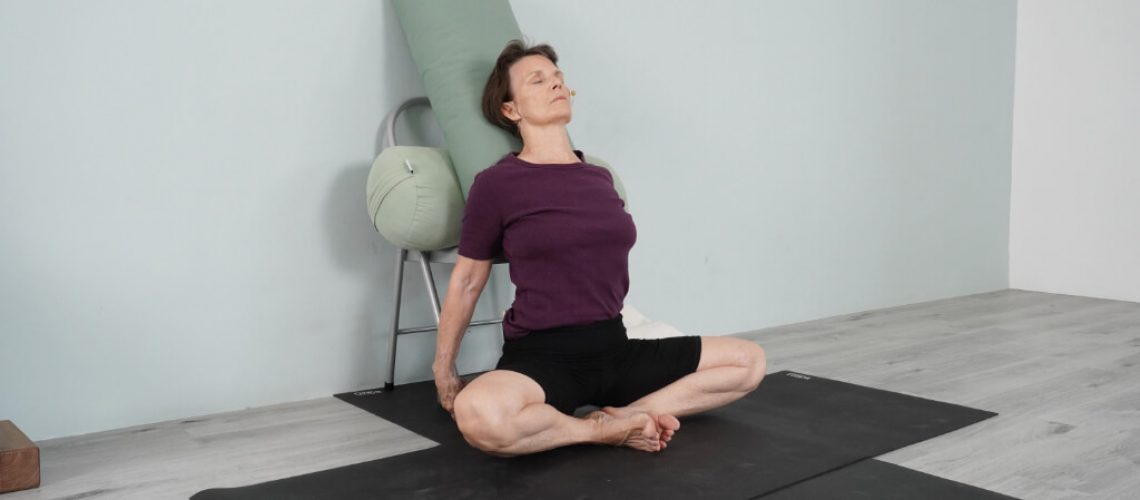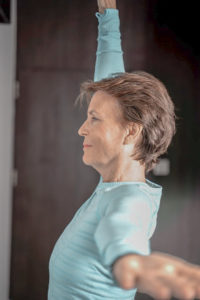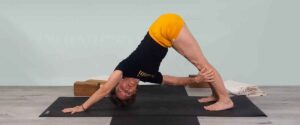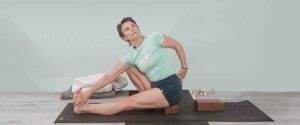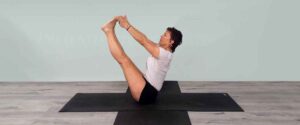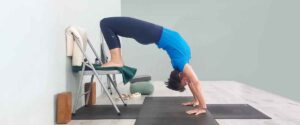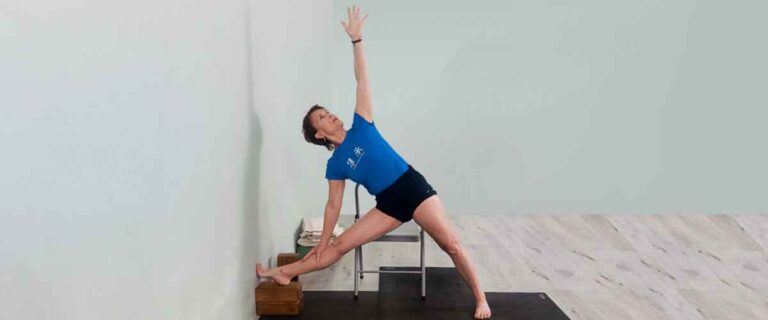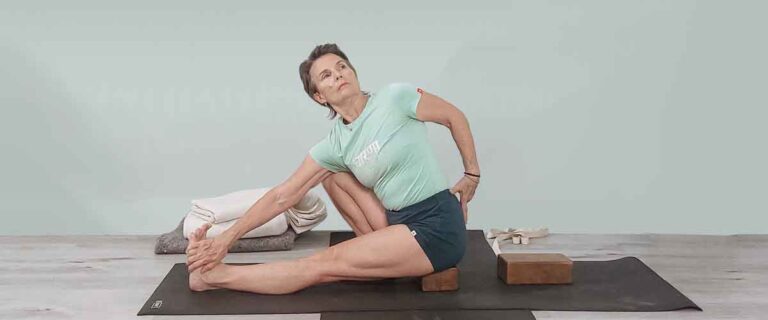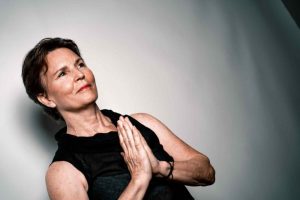Menopause refers to a time in a women’s life that marks a transition and rite of passage to a new chapter of life.
The first stage a woman goes through is from girlhood to womanhood. This later stage is an important time as we approach our midlife and observe as our bodies and minds change once again.
Both men and women go through hormonal changes from a young age, hormones build and the body morphs before our eyes. And again in mid-life where we evolve to transition both physically and mentally. The symptoms of these changes of life come in many forms for men and women. What we must remember is that all these physiological, and mental changes are normal and natural parts of life.
This period in a women’s life has not always been talked openly about by our elders, health care providers, mothers, or our fathers. It is only in recent decades that research, science, and writing by contemporary women emerged to guide us to a deeper understanding, while giving us common-sense advice, empowering and encouraging both men and women to have compassion as we all move into our next stage of evolution.
This class can be for both men and women. In addressing mid-life changes in men, the very phrase “male menopause” is misleading, since menopause strictly refers to the cessation of menstruation. But, is there is a male version of this bodily adaptation or disruption? In the past, people have spoken about a mid-life crisis, but I have often heard the experts use terms such as “andropause”, “viropause” or “endopause”. Regardless, experts are talking about the changes in men that take place, changes that are hormonally based, physiologically recognized, and chemically known – just as are they for women.
Many of the symptoms are common among the sexes such as:
- Irritability
- Loss of libido (sex drive)
- Erectile dysfunction (impotence) in men
- Fatigue
- Depression
Some may also be affected by:
- Stiffness in the muscles and joints
- Night sweats
- Dry skin
- Hair loss
- Weight gain
- A loss of ability to recover quickly from injuries
- Loss of muscle mass
In her seminal work, Dr. Geeta Iyengar (daughter of Mr. Iyengar) has been addressing women’s bodies and psyches since the sixties. Through her writing and in working with women of all ages, she has worked to create ways to alleviate the suffering and stress. She wrote widely on this subject and continued to raise awareness, giving us yoga asanas (practises and sequences) that help bridge the road to the other side, both physically and mentally.
Many go through this stage relatively easily, where others struggle, finding their symptoms intolerable. No matter where you are on the spectrum, use this time to become more sensitive to what your body and mind need. More than ever we must be our own healers and allow the bodies natural knowing to become clearer guides towards well-being. We must listen to our intuition as we move through the various transformations presented physically and mentally. Continue to adapt your practice, modifying where needed, all while you begin developing a mindset of detachment.
“When we go to the top of the mountain, we enjoy the view as we can see a large area in one glance. This stage in life is also like being at the top and seeing a vast area. This is the time when we can know about what we have missed and how we can correct ourselves. It is also a time to look back in retrospection. It is a time to drop our ego and build ourselves intellectually. It is now that we can understand life better.” Dr. Geetaji Iyengar
Embrace the journey.
This sequence includes:
Dandasana ( Staff Pose )
Upavistha Konasana ( Wide Legged Seated Forward Bend )
Baddha Konasana ( Bound Angle Pose )
Supta Virasana ( Reclining Hero Pose )
Adho Mukha Virasana ( Forward Hero Pose )
Supta Padangusthasana I & III ( Reclining Hand to Big Toe Pose )
Prasarita Padottanasana ( Wide Angle Forward Bend )
Adho Mukha Svanasana ( Downward Dog )
Uttanasana ( Forward Bend )
Ardha Chandrasana ( Half Moon Pose )
Parsvakonasana ( Extended Side Angle Pose )
Utthita Trikonasana ( Triangle Pose )
Tadasana ( Mountain Pose )
Urdhva Hastasana ( Arm Stretch Pose )
Gomukhasana ( Cow Face Pose )
Paschima Namaskarasana ( Reverse Prayer Pose )
Garudasana ( Eagle Pose )
Janu Sirsasana ( Head to Knee Pose )
Paschimottanasana ( Seated Forward Bend )
Viparita Dandasana ( Inverted Staff Pose )
Sirsasana ( Head Stand Pose )
Salamba Sarvangasana ( Shoulder Stand )
Savasana in Viparita Karani ( Legs Up Corpse Pose )

